Class 10 Exam > Class 10 Notes > History for GCSE/IGCSE > What was International Diplomacy Like in the 1920s?
What was International Diplomacy Like in the 1920s? | History for GCSE/IGCSE - Class 10 PDF Download
The Washington Naval Agreement, 1922
What is International Diplomacy?
- International diplomacy involves countries communicating and collaborating through alliances, treaties, and agreements.
- Positive international diplomacy occurs when a country maintains a friendly foreign policy, facilitating cooperation.
- Negative international diplomacy arises when a nation pursues an aggressive foreign policy, hindering compromise and negotiation.
- In the 1920s, international diplomacy thrived. However, several factors influenced diplomatic decisions:
- Key nations like the USA, USSR, and Germany were not League of Nations members.
- The League's decision-making process was often slow and cumbersome.
- Countries sometimes made agreements independent of the League's authority.
The Washington Naval Agreement, 1922
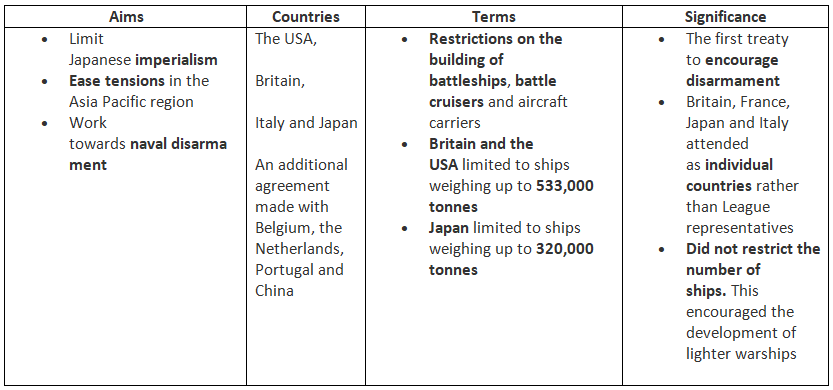
The Rapallo Treaty, 1922

The Locarno Treaty, 1925
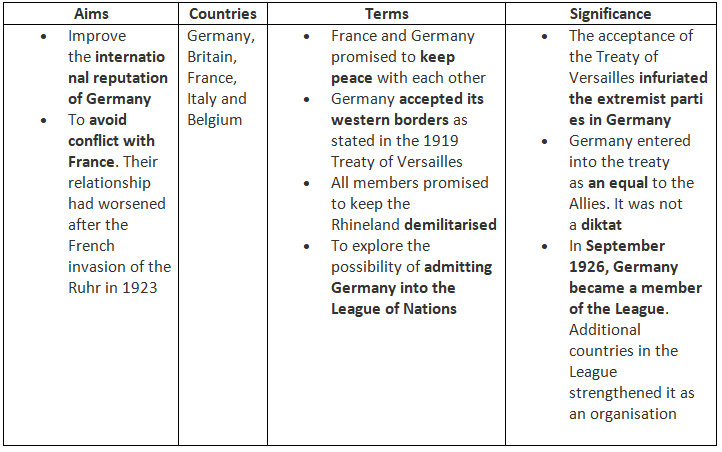
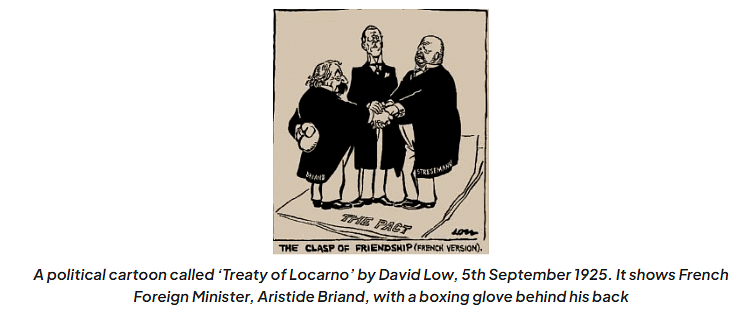
The Dawes Plan, 1925
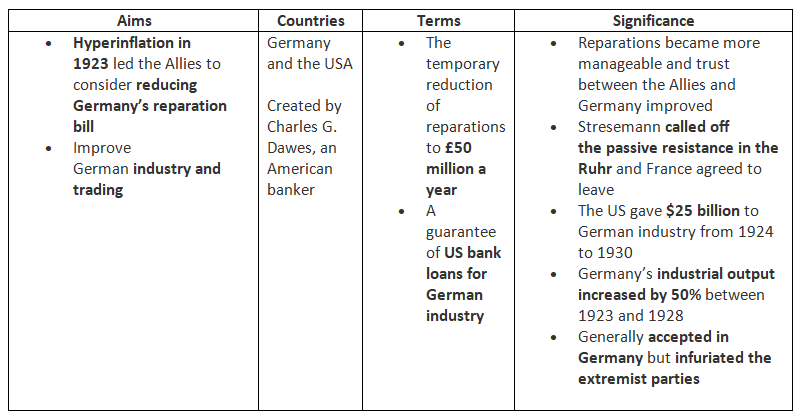
Diagram of the Dawes Plan
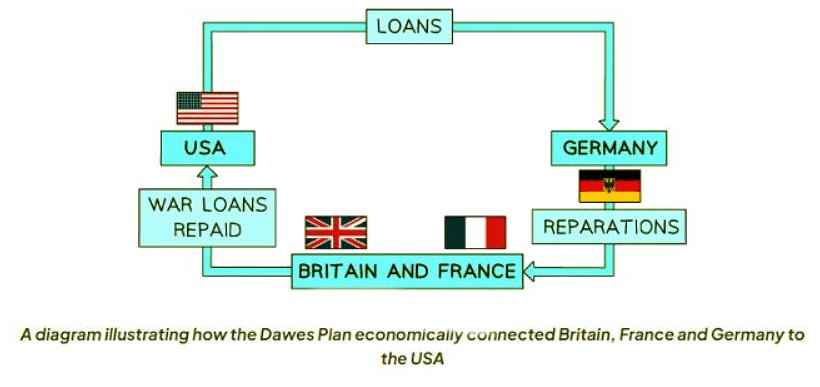
- The Dawes Plan involved significant risk as Britain, France, and Germany heavily relied on the USA's economic prosperity.
- In 1929, Stresemann warned that Germany was metaphorically "dancing on a volcano," implying that any negative turn in the USA's economy could destabilize Weimar Germany.
The Young Plan, 1929
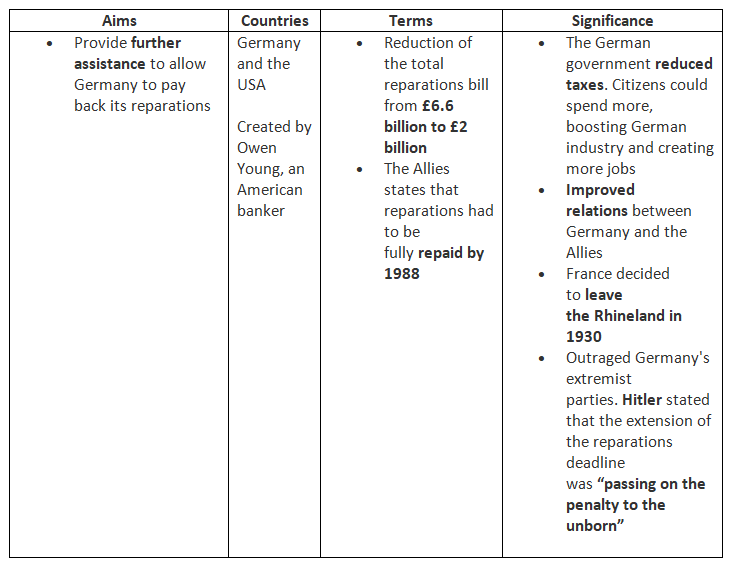
How International Diplomacy Influenced the League of Nations
- The League of Nations encouraged nations to enhance their international relationships.
- A surge in treaty agreements during the 1920s signaled a positive political climate.
- Despite its intentions, League members frequently sidestepped the Assembly and Council.
- While the League deliberated on issues, it seldom devised concrete solutions.
- Nations independently entered into treaties, not as League representatives.
- Originally envisioned by Wilson to spearhead global accords, the League became known for rhetoric rather than action.
- Throughout the 1920s, countries increasingly disregarded the League to pursue their own foreign policies.
The document What was International Diplomacy Like in the 1920s? | History for GCSE/IGCSE - Class 10 is a part of the Class 10 Course History for GCSE/IGCSE.
All you need of Class 10 at this link: Class 10
|
81 videos|88 docs|18 tests
|
FAQs on What was International Diplomacy Like in the 1920s? - History for GCSE/IGCSE - Class 10
| 1. What were the key international agreements signed in the 1920s that shaped diplomacy during that time? |  |
Ans. The key international agreements signed in the 1920s that shaped diplomacy included the Washington Naval Agreement in 1922, the Rapallo Treaty in 1922, the Locarno Treaty in 1925, the Dawes Plan in 1925, and the Young Plan in 1929.
| 2. How did the League of Nations play a role in international diplomacy during the 1920s? |  |
Ans. The League of Nations was established after World War I to promote peace and cooperation among nations. However, its failure to prevent the outbreak of World War II highlighted its limitations in effectively addressing global conflicts.
| 3. What was the significance of the Washington Naval Agreement in 1922? |  |
Ans. The Washington Naval Agreement was significant as it aimed to limit naval armaments and prevent an arms race among major naval powers. It set limits on battleships, aircraft carriers, and cruiser tonnage for the United States, United Kingdom, Japan, France, and Italy.
| 4. How did the Locarno Treaty of 1925 contribute to international diplomacy in the 1920s? |  |
Ans. The Locarno Treaty of 1925 was significant in promoting peace in Europe by guaranteeing the existing borders between Germany, France, and Belgium. It helped to reduce tensions and improve relations between these countries after World War I.
| 5. How did the failure of the League of Nations impact international diplomacy in the 1920s? |  |
Ans. The failure of the League of Nations to prevent the outbreak of World War II highlighted the challenges of maintaining peace and resolving conflicts through international cooperation. This failure led to a shift towards new diplomatic strategies and alliances in the years that followed.
Related Searches















